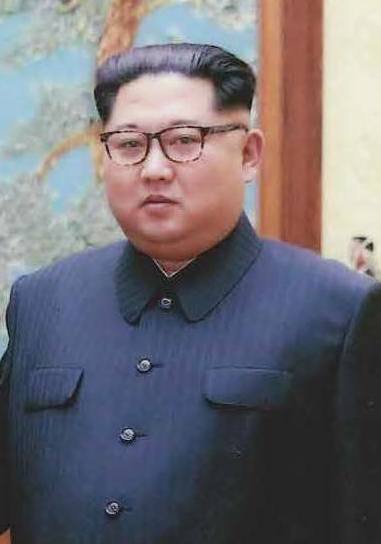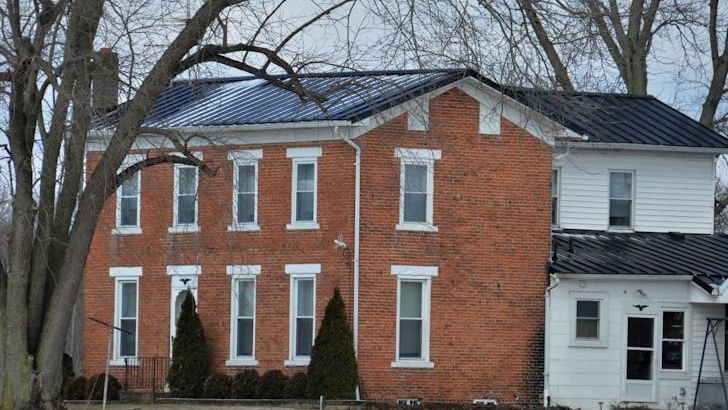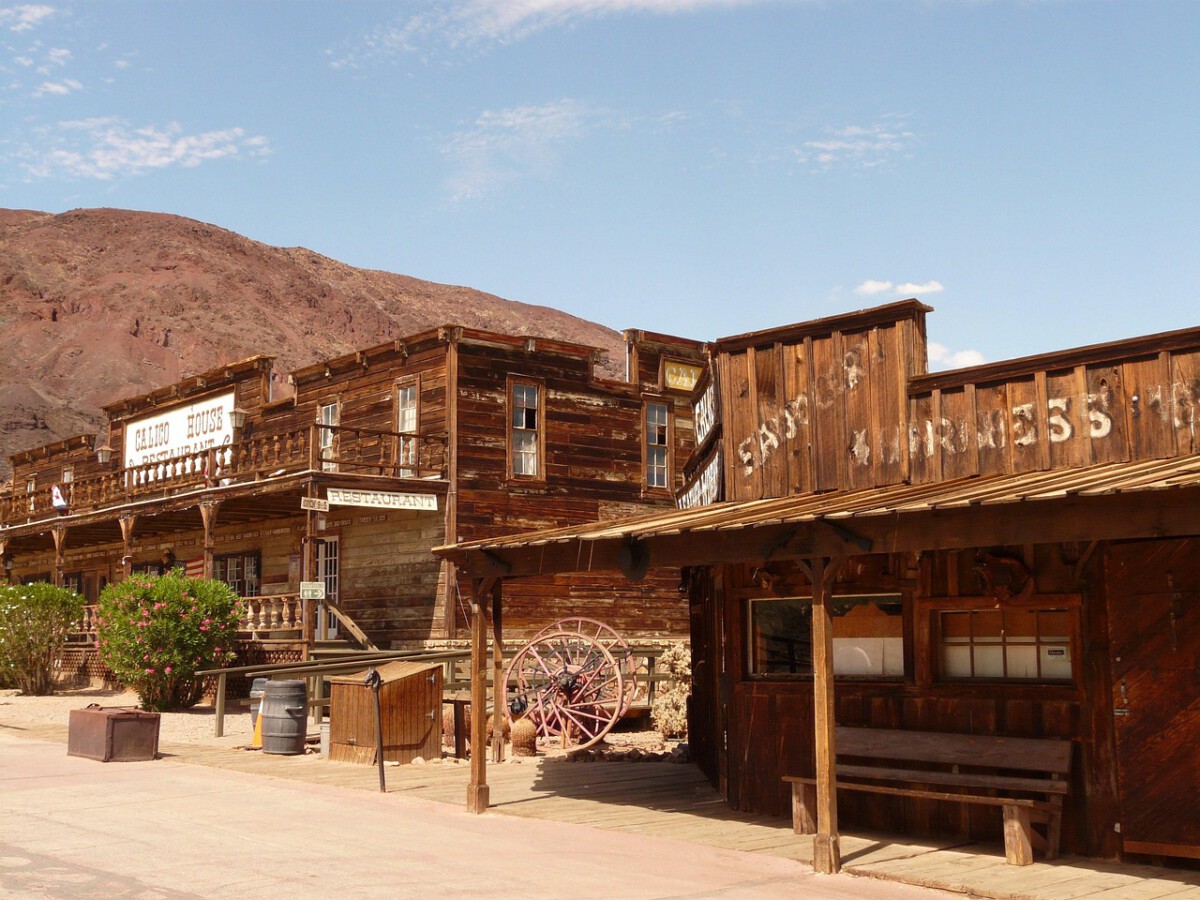1. The Reality of Everyday Life in Pyongyang

Rare images from the streets of Pyongyang challenge the glossy narrative pushed by North Korean state media. Instead of modern high-rises and vibrant public spaces, photographs from 2024 reveal crumbling apartment blocks, unreliable public transportation, and frequent power outages. The Korea Institute for National Unification reported in early 2024 that approximately 40% of North Koreans survive below the poverty line, a number that has continued to rise due to ongoing international sanctions. In residential neighborhoods, people are often seen queuing for hours at water pumps, as running water is sporadic. Street markets—technically illegal but tolerated—have become lifelines for families struggling to find basic necessities. These rare images document the disconnect between official state propaganda and the daily hardships faced by ordinary citizens. Even in the capital, which receives the most resources, the gap between the regime’s narrative and lived reality is stark and deeply unsettling.
2. The Hidden Faces of North Korean Workers
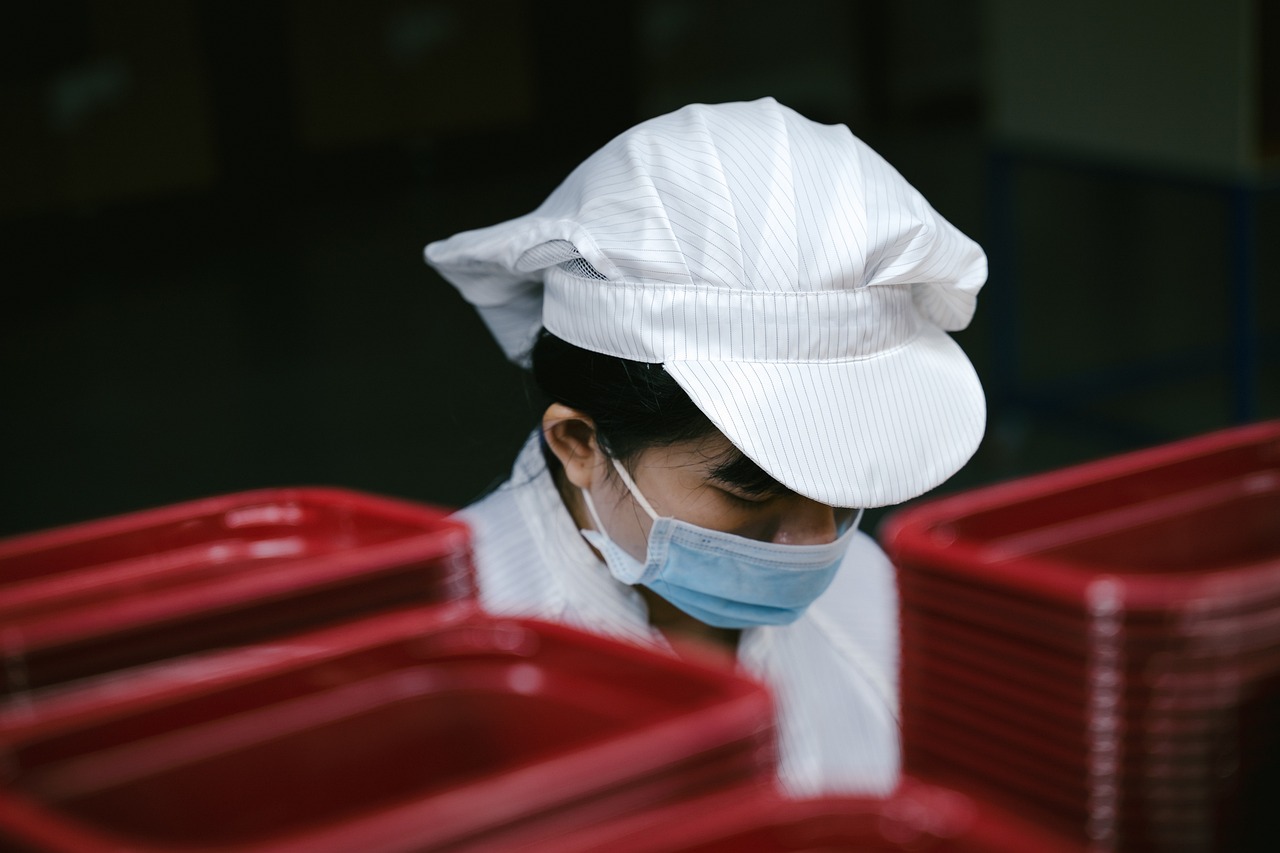
Photographs smuggled out in 2025 show North Korean laborers enduring punishing hours in state-run factories and collective farms. According to the International Labour Organization, the average worker earns less than $2 per day, a wage that barely covers subsistence needs. Workplaces are often poorly lit and lack basic safety equipment, resulting in frequent accidents and chronic health issues. Factories are filled with outdated machinery and workers in threadbare uniforms, painting a grim picture far removed from state claims of economic progress. Forced labor remains a reality, with many workers coerced into “volunteering” for the state under threat of punishment. The images also highlight the presence of children in these environments, despite official denials of child labor. These snapshots expose the regime’s exploitation of its labor force and the harsh conditions that remain hidden from the outside world.
3. The Struggle for Food Security

The food crisis in North Korea worsened in 2024 due to widespread drought and continued border restrictions. Images from village markets show rows of empty stalls and gaunt faces, underscoring the severity of the situation. The World Food Programme estimated in late 2024 that about 10 million North Koreans required urgent food assistance, with malnutrition rates among children rising sharply. Rural families often survive on subsistence farming, growing maize and potatoes in small plots, but unpredictable weather and poor soil have led to repeated crop failures. Smuggled photographs depict families foraging for wild plants and even grass to supplement their diets. These images starkly contrast with regime footage of lush collective farms and overflowing granaries. The realities of food rationing and scarcity are a daily struggle for millions, and the humanitarian crisis continues to deepen.
4. The Impact of Isolation on Mental Health
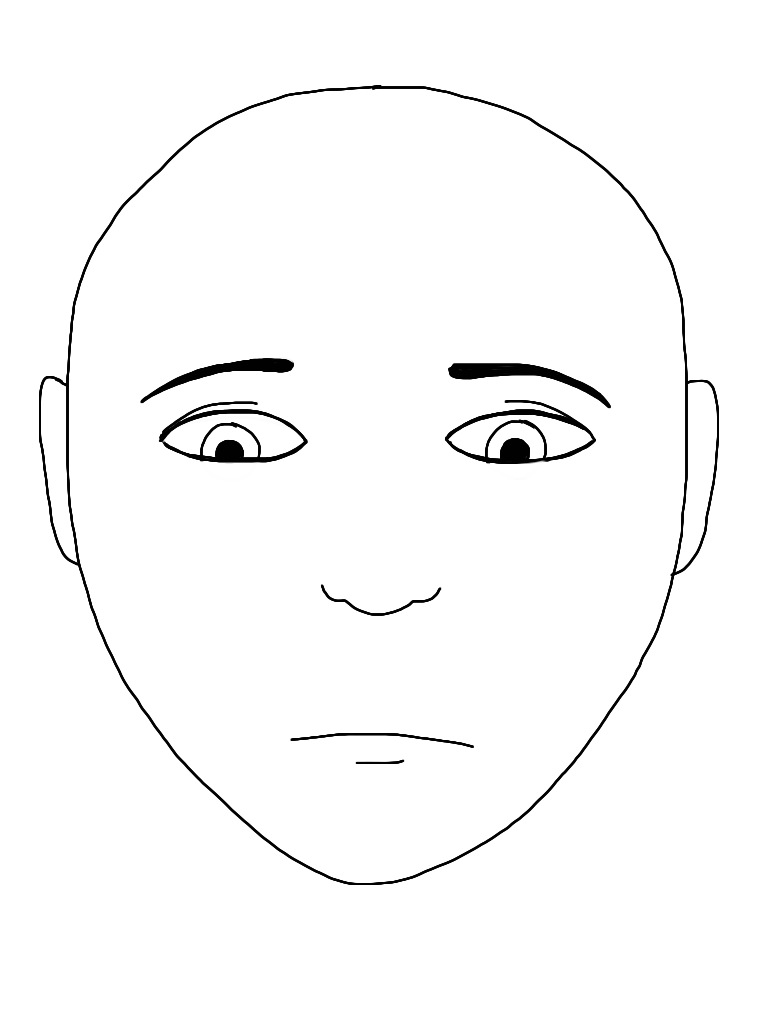
Isolation is not just a political or economic phenomenon in North Korea; it deeply affects the mental health of its people. Images captured in 2025 show somber faces and subdued gatherings, reflecting a society under constant surveillance. The Korean Psychological Association’s recent survey suggests that over 60% of North Koreans experience symptoms of anxiety and depression, a silent epidemic exacerbated by the absence of mental health resources. The regime’s iron grip on information and travel leaves citizens feeling trapped, with little hope for change or self-expression. Public displays of emotion are rare, as people fear the consequences of attracting unwanted attention. Photographs reveal deserted playgrounds and lifeless city parks, where even children play in silence. The emotional toll of isolation is visible in these rare images, offering a glimpse into the psychological burden carried by an entire nation.
5. The Illusion of Military Might
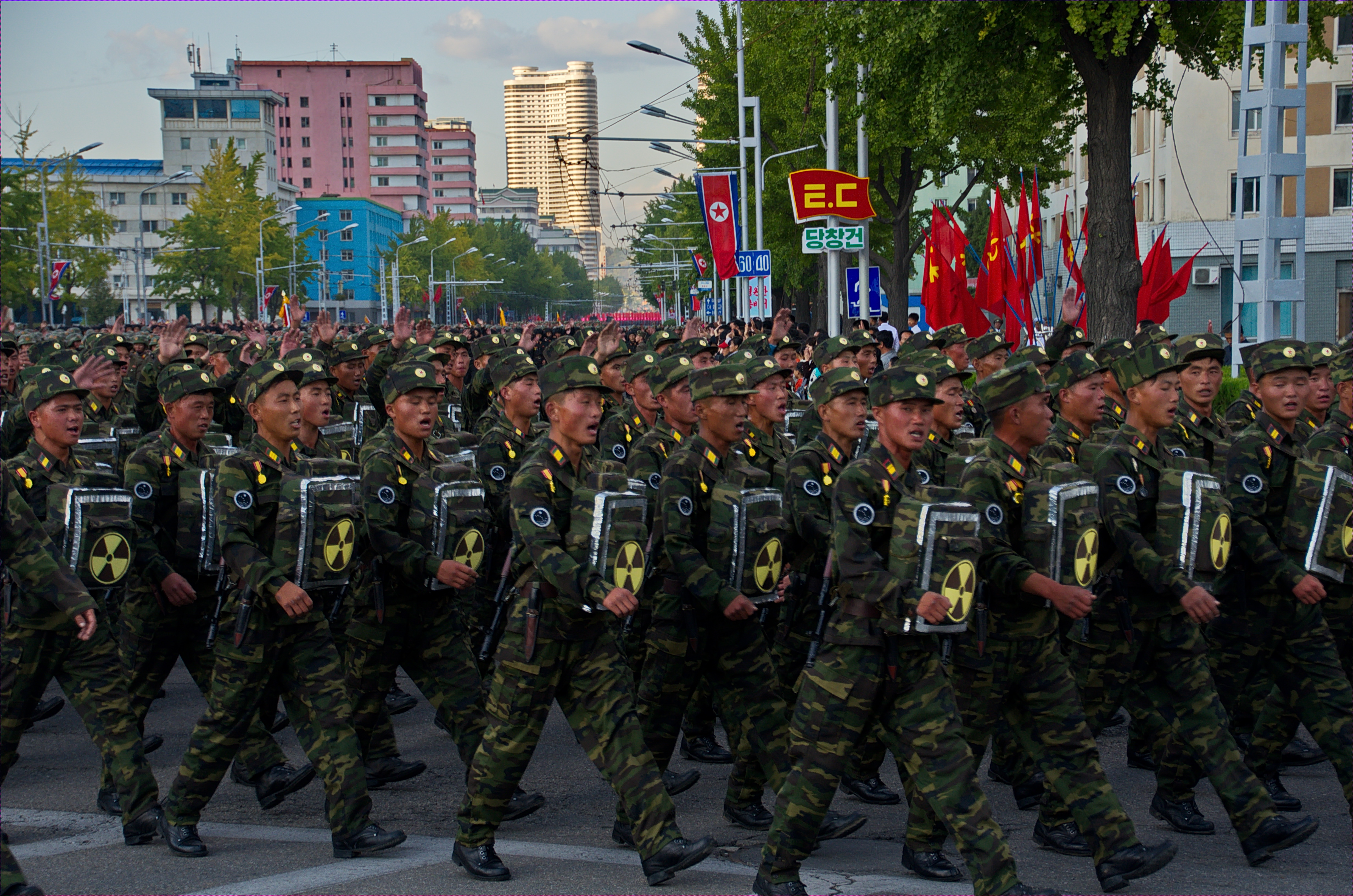
Official footage from North Korea’s military parades is meticulously choreographed, but unauthorized photographs expose a different reality. A 2024 analysis by the Center for Strategic and International Studies documented the age and disrepair of much of North Korea’s military equipment. Images show tanks with rusted armor, soldiers wearing mismatched or worn-out uniforms, and poorly maintained barracks. Despite the regime’s boasts about advanced weapons, the majority of its arsenal consists of outdated Soviet-era technology. Young conscripts appear underfed and exhausted, a stark contrast to the robust image projected by state media. The economic strain of maintaining such a large military force is evident in these images, calling into question the sustainability and effectiveness of North Korea’s military machine. The disparity between parade spectacle and daily military life is glaringly apparent.
6. The Cult of Personality: Kim Jong-un’s Image
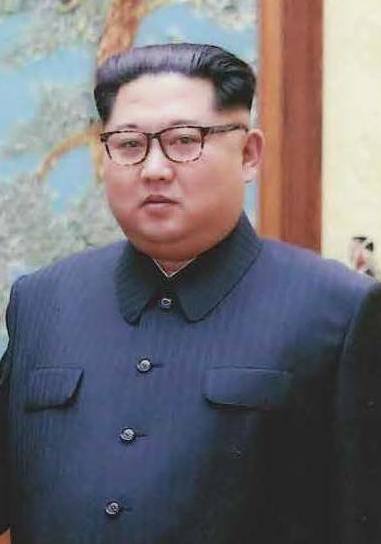
Statues and portraits of Kim Jong-un remain omnipresent in every public space, from schools to train stations. Yet rare images from inside private homes and workplaces in 2025 reveal that many North Koreans display these portraits out of obligation rather than genuine reverence. The Committee for Human Rights in North Korea reported a noticeable rise in skepticism among younger generations, who are increasingly indifferent to state propaganda. Secretly captured photographs show people passing by regime iconography with blank expressions, their indifference belying the regime’s claims of universal adoration. In schools, children recite slogans more out of habit than conviction. This growing disconnect is quietly eroding the effectiveness of the state’s personality cult, as younger North Koreans become more aware of the outside world through clandestine information channels. The regime’s tight control over imagery cannot mask the shifting attitudes beneath the surface.
7. The State of Education: A Double-Edged Sword
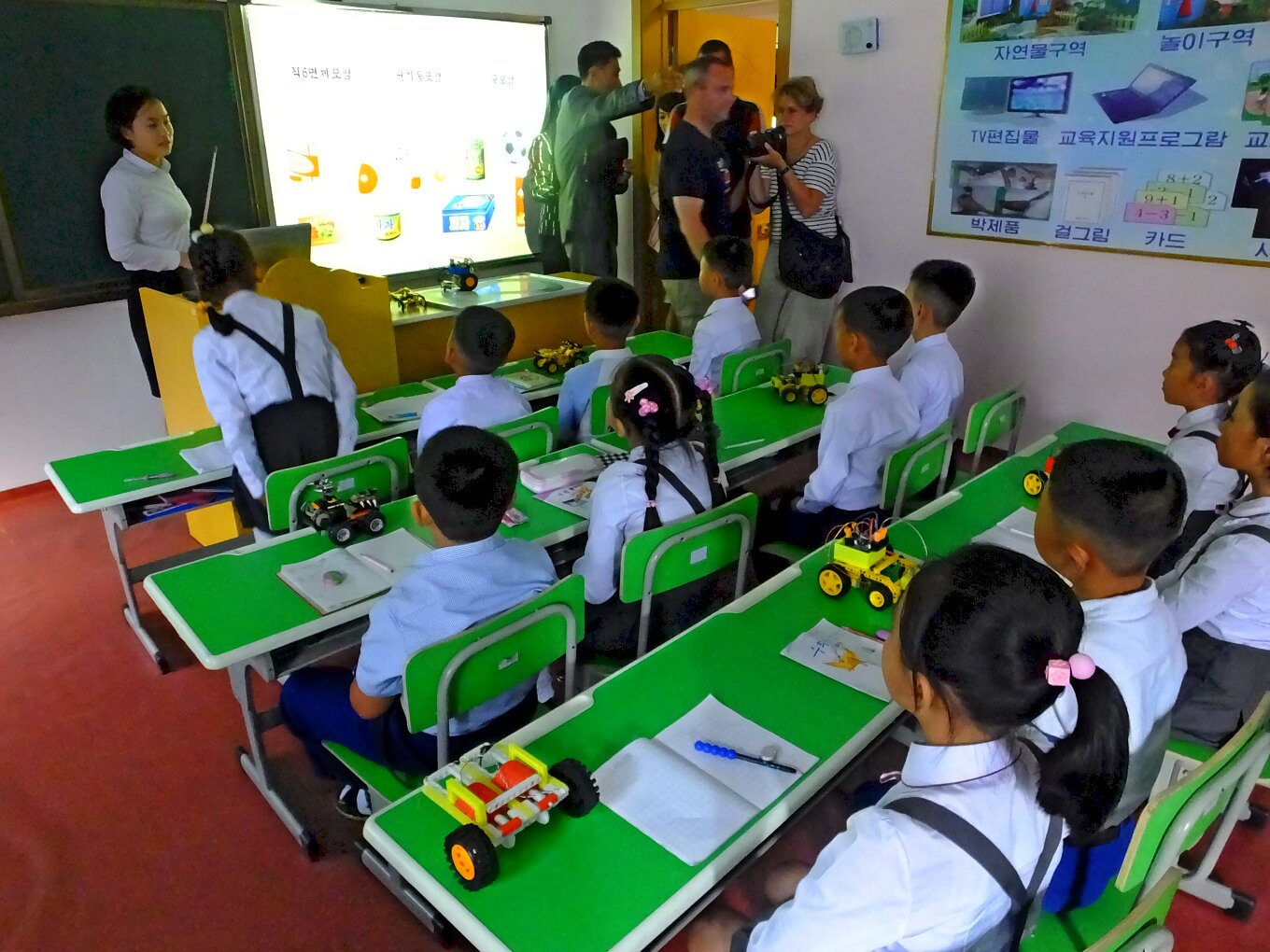
Education in North Korea is touted as a national triumph, with a reported literacy rate above 99%. However, UNESCO’s 2024 report highlights the reality behind these numbers: classrooms are often overcrowded, textbooks are outdated, and the curriculum is dominated by political indoctrination. Rare images from inside schools show children sitting in cold, sparsely furnished rooms, memorizing regime slogans rather than engaging in creative or critical thinking. Teachers struggle with a lack of resources, and science or language instruction is frequently replaced by lessons in loyalty to the Kim family. The focus on conformity stifles innovation and ambition, leaving many students ill-prepared for the modern world. These photos provide a sobering view of an education system that prizes obedience over opportunity, offering little hope for those who dream of something more.
8. The Role of Women in North Korean Society
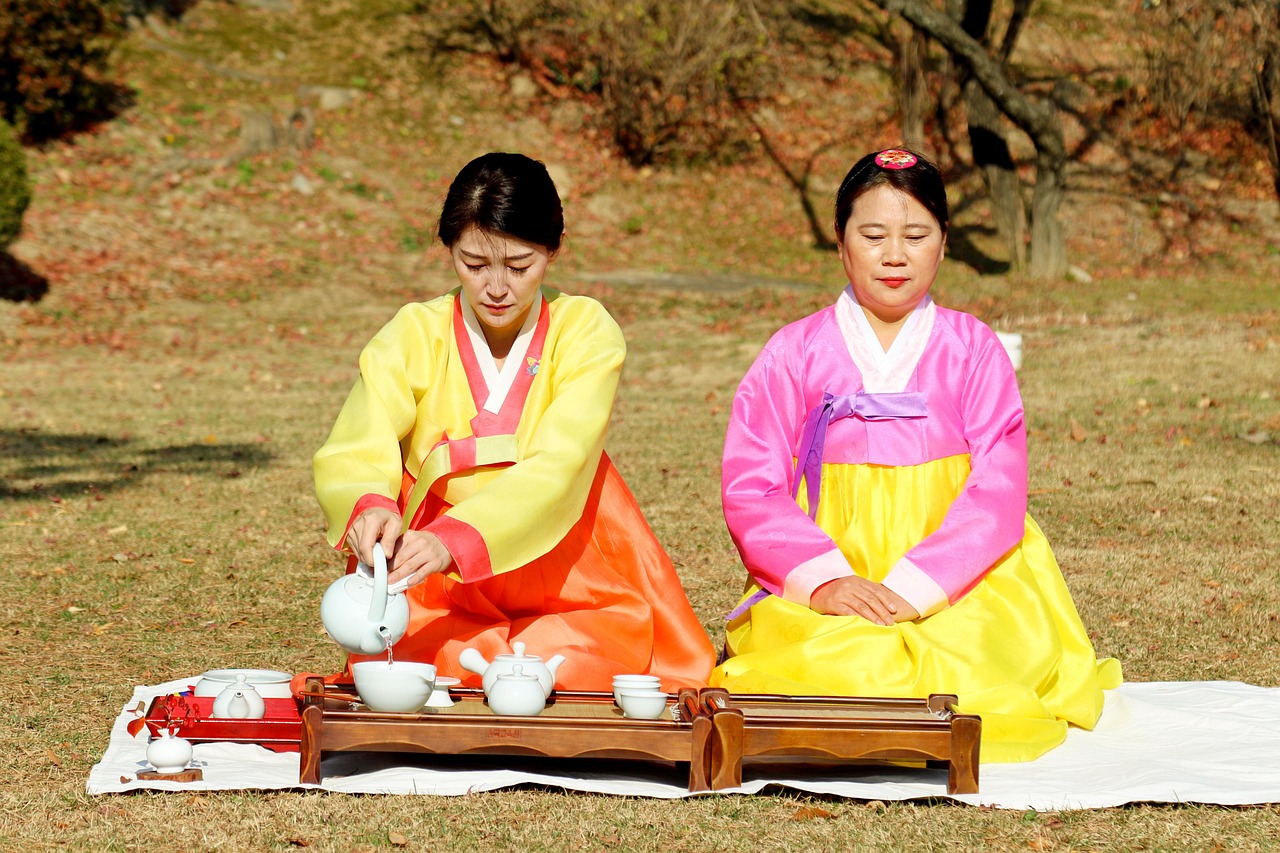
State media often highlights women as symbols of strength and equality, yet images taken in 2025 reveal a different story. The Asian Development Bank’s latest study found that women face persistent discrimination in both formal and informal sectors, with limited access to leadership roles and higher wages. Photographs show women performing the bulk of manual labor in markets, farms, and factories, often with children in tow. Many women are also burdened by the expectation to care for their families while contributing economically. The gap between official rhetoric and daily reality is visible in these images, which highlight the resilience and endurance of North Korean women amid systemic obstacles. Despite these challenges, some women have become key players in the underground economy, using entrepreneurship as a means of survival. These rare glimpses showcase both the ongoing struggle and the quiet strength of women in North Korean society.
9. The Environmental Crisis: Pollution and Neglect
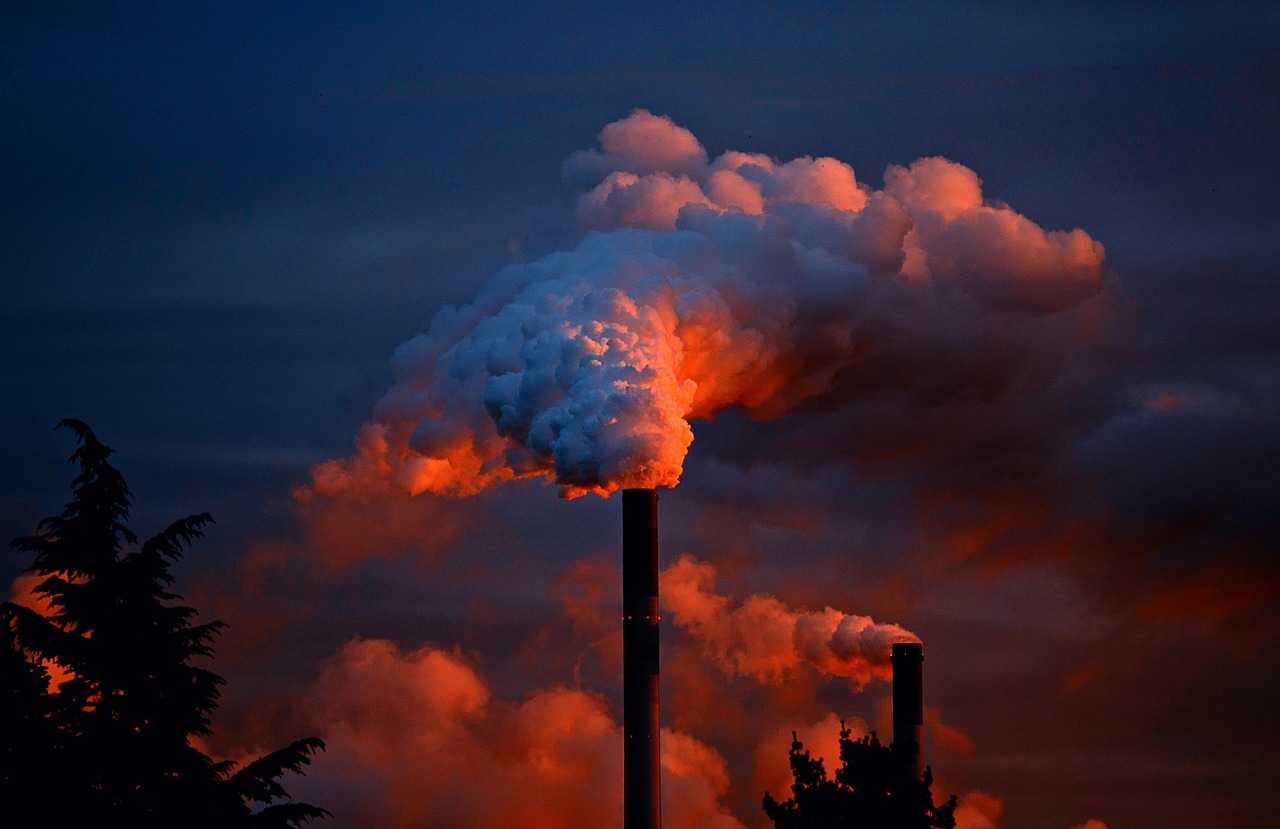
Photographs from North Korea’s countryside in 2024 expose the extent of environmental degradation, with barren hillsides and polluted rivers a common sight. The Environmental Protection Agency reported that air and water pollution levels are among the highest in East Asia, primarily due to unregulated industrial activity and deforestation. Images reveal communities living near toxic waste sites, where children play next to contaminated water. The regime’s focus on military spending has left little budget for environmental protection or restoration efforts. Deforestation, particularly for fuel and agriculture, has led to increased soil erosion and frequent landslides. These environmental challenges directly impact public health, with respiratory illnesses and waterborne diseases on the rise. The photographs make clear that environmental neglect is yet another crisis the regime tries to keep out of view.
10. The Underground Resistance: A Glimpse of Hope
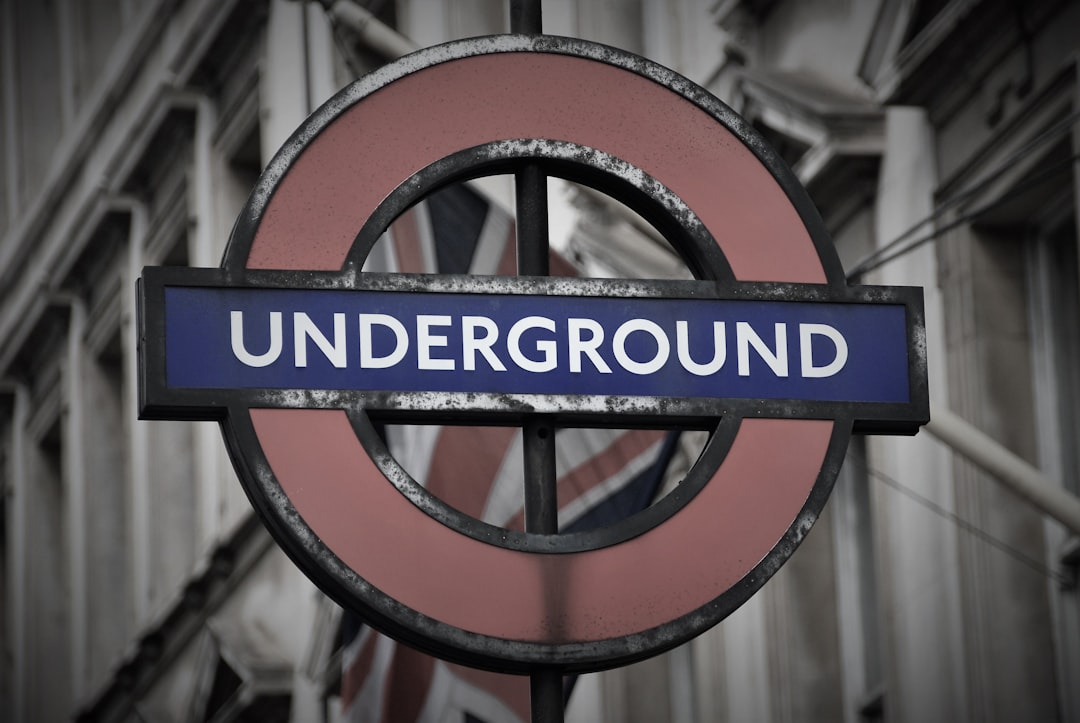
Despite the risks, a growing number of North Koreans are involved in underground resistance movements. Images obtained in 2025 show activists distributing banned literature, USB drives, and radios that can pick up foreign broadcasts. Freedom House reported a noticeable uptick in clandestine activities aimed at spreading news and information not sanctioned by the state. Many of these activists operate in small, secretive groups, using coded language and hidden meeting spots to avoid detection by authorities. The photographs capture moments of quiet rebellion: a leaflet passed discreetly in a crowded market, or a group huddled around a smuggled smartphone. Technology is playing an increasingly vital role in these efforts, with defectors and foreign NGOs helping to funnel information into the country. These images offer a rare look at the courage and determination of ordinary North Koreans who dare to hope for change.

